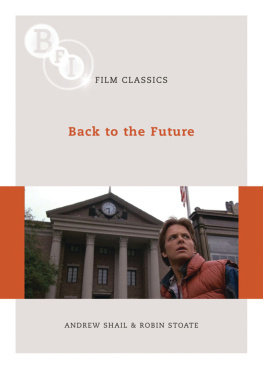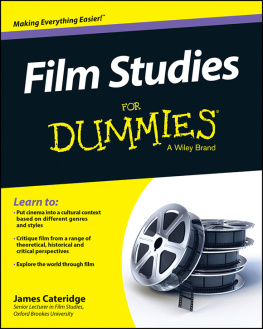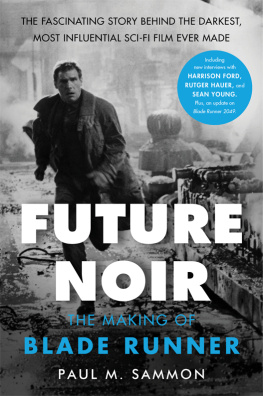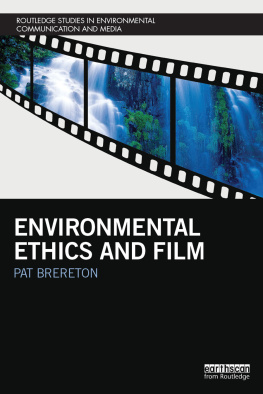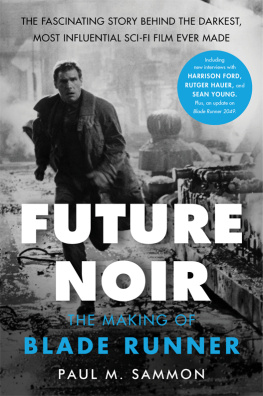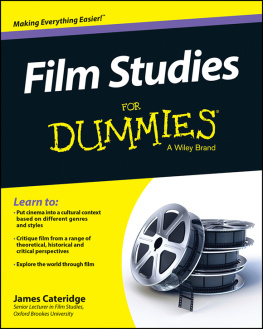BFI Film Classics
The BFI Film Classics is a series of books that introduces, interprets and celebrates landmarks of world cinema. Each volume offers an argument for the films classic status, together with discussion of its production and reception history, its place within a genre or national cinema, an account of its technical and aesthetic importance, and in many cases, the authors personal response to the film.
Magnificently concentrated examples of flowing freeform critical poetry.
Uncut
A formidable body of work collectively generating some fascinating insights into the evolution of cinema.
Times Higher Education Supplement
The series is a landmark in film criticism.
Quarterly Review of Film and Video
Editorial Advisory Board
Geoff Andrew, British Film Institute
Edward Buscombe
William P. Germano, The Cooper Union for the Advancement of Science and Art
Lalitha Gopalan, University of Texas at Austin
Lee Grieveson, University College London
Nick James, Editor, Sight & Sound
Laura Mulvey, Birkbeck College, University of London
Alastair Phillips, University of Warwick
Dana Polan, New York University
B. Ruby Rich, University of California, Santa Cruz
Amy Villarejo, Cornell University
Zhen Zhang, New York University

Contents
Zemeckis, Gale
Released in the USA on 3 July 1985, Back to the Future was the years runaway summer blockbuster. Boosted by heavy radio rotation of Huey Lewis and the News The Power of Love in the weeks before release, it faced down Rambo, Cocoon, Brewsters Millions, Mad Max: Beyond Thunderdome and A View to a Kill to become the top-grossing film of 1985 and the eighth highest-grossing film of the 1980s. Co-written by Robert Zemeckis and his long-time collaborator Bob Gale, and directed by Zemeckis, it was the first significant foray into the visibly effects-laden film-making for which the director has since become famous. Later examples include Who Framed Roger Rabbit? (1988), two Back to the Future sequels (1989 and 1990), Death Becomes Her (1992), Forrest Gump (1994), Contact (1997), The Polar Express (2004) and Beowulf (2007), although visual effects feature heavily in such non-effects films as Cast Away (2000). Zemeckis was a prominent, albeit slightly younger, member of a generation of film-makers centred on Steven Spielberg and George Lucas, and one of the major directors of Hollywoods reformed product of the post-1975 era. His early career was extensively shaped by contact with Spielberg and another of the more established members of this generation, screenwriter/director John Milius (director of, among others, Big Wednesday [1978], Conan the Barbarian [1982] and Red Dawn [1984]).
After extensive work on home-made 8mm films during his childhood in south Chicago, Zemeckis was accepted by the School of Cinematic Arts at the University of Southern California on the strength of one of these films; the School had also produced Lucas and Milius, and it was here that Zemeckis first met Gale. Graduating in 1973, with the USC Academy Award for Best Film for his final-year project, Field of Honor, in hand, he brokered a meeting with Spielberg and Milius to show them the film. Zemeckis and Gale built up a friendship with Spielberg and Milius, and while clamouring for scriptwriting work for the Los Angeles-based television companies, they called on Spielbergs help in getting Sid Sheinberg (then president of Universal parent company MCA and keen Spielberg advocate) to agree to finance their co-written I Wanna Hold Your Hand (April 1978), with Zemeckis directing, on the condition that Spielberg act as executive producer. Zemeckiss second commercial film, Used Cars (July 1980), again featured Gale as co-writer and Spielberg as executive producer (this time along with Milius). Both films fared poorly, however, with I Wanna Hold Your Hand costing $2.7 million to produce and grossing only $1.94 million over its lifetime, while Used Cars cost $8 million to produce and grossed only $11.7 million over its lifetime. Zemeckis and Gale also collaborated with Milius on the script for Spielbergs 1941 (1979), but this project likewise performed poorly, costing $35 million to produce and achieving a domestic gross of just $31.76 million over its lifetime. It is one of only three of Spielbergs twenty-four cinema releases to date to realise a lifetime domestic gross lower than its production budget (the others were A.I. [2001] and Munich [2005]), although the gross from foreign markets has enabled all three to exceed their production costs.
Following the release of Used Cars, Bob Gale visited his parents in St Louis, Missouri, where, upon finding his fathers high-school yearbook, he came up with the concept for a film about meeting ones parents when they were ones own age. He and Zemeckis then approached Columbia, who, in September 1980, gave them a development deal for a film about a time-travelling teenager. When they saw the first script for Back to the Future in February 1981, however, Columbia put the film in turnaround (i.e. they were willing to sell it to another studio for the price of development so far), and Zemeckis resolved not to accept Spielbergs subsequent offer to produce it. Following his earlier financial failures, Zemeckis was both reluctant to damage Spielbergs reputation further and unwilling to But in 1983, Michael Douglas (a fan of Used Cars), who was set to produce and star in Romancing the Stone, convinced 20th Century-Fox to invite Zemeckis to direct. The film was released in March 1984, and following its box-office success (produced for $11.14 million, it grossed $69.57 million in its first sixteen weeks, and became the eighth highest-grossing film of 1984), Universal picked up Back to the Future. Zemeckis, who was now, in his view, free of the stigma of being unable to work without Spielbergs help, accepted it. This included the services of Spielbergs production company, Amblin (founded by Spielberg, Kathleen Kennedy and Frank Marshall in 1984, and based in the Universal complex). During October 1984, Spielberg worked with Zemeckis and Gale on making further revisions to the script. Principal photography ran from November 1984 to April 1985 (including an abortive start with Eric Stoltz as Marty McFly). After a very successful test screening in May, the film was rushed through the final stages of post-production, including scoring and sound mixing, to be ready for release on Wednesday 3 July, just before the key calendar spot of the Fourth of July weekend. Produced for roughly $19 million, it achieved a domestic gross of $18.48 million in its first seven days, $36.43 million in its first fortnight, $140.1 million after ten weeks and $190.58 million by the end of the year, eventually earning Universal $94 million in revenue. As the film was written, produced and distributed as a stand-alone unit (the To be continued after the final shot was only added to the video version released the following year), we will restrict our analysis to the 1985 film.
and Hollywoods Revivalists
In September 1978, David Colker and Jack Virrel proposed that America was witnessing the rise of what they proposed to call New New Hollywood.

